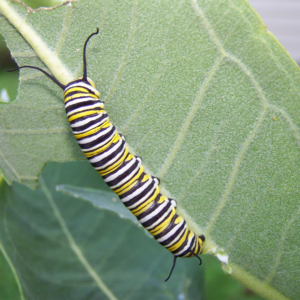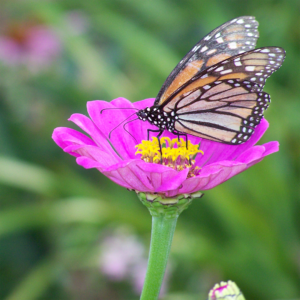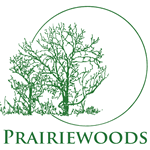“To be, or not to be—that is the question:
Whether ‘tis nobler in the mind to suffer
The slings and arrows of outrageous fortune
Or to take arms against a sea of troubles
And by opposing end them. To die, to sleep—
No more—and by a sleep to say we end
The heartache, and the thousand natural shocks
That flesh is heir to. ‘Tis a consummation
Devoutly to be wished. To die, to sleep—
To sleep—perchance to dream: ay, there’s the rub,
For in that sleep of death what dreams may come
When we have shuffled off this mortal coil,
Must give us pause. There’s the respect
That makes calamity of so long life …”—William Shakespeare, Hamlet (Prince Hamlet’s soliloquy, Act 3, Scene 1)
What dreams may come?
When so much of life at this moment is fraught with “the heartache, and the thousand natural shocks that flesh is heir to …” what dreams may come?
When we experience a daily mélange of global upheaval and mayhem, gross injustice and the outrage of systemic violence, massive protest and pervasive pandemic, what dreams may come?
When we long for the mercy of deep, restorative sleep, cat-naps or eternal rest, what dreams may come?
For Prince Hamlet, as he contemplates death by suicide over loss of love, the question is basic to existence: “To be or not to be, that is the question.”
Or, as another poetic sage framed the conundrum, is it “better to have loved and lost than never to have loved at all” (ala Alfred Lord Tennyson)?
In the end, will we not lose everything we love?
“Grief and love are sisters, woven together from the beginning. Their kinship reminds us that there is no love that does not contain loss and no loss that is not a reminder of the love we carry for what we once held close.”
—Francis Weller, The Wild Edge of Sorrow: Rituals of Renewal and the Sacred Work of Grief
 Today, we take our cues from the transmorphic caterpillar, one whose imaginal cells must gradually overtake the essence of its caterpillar-being to become a creature of light and wings.
Today, we take our cues from the transmorphic caterpillar, one whose imaginal cells must gradually overtake the essence of its caterpillar-being to become a creature of light and wings.
- What insights are we gathering and taking inside us to prepare us for the journey?
- How are we resistant to the call of cocooning?
- What is feeding and nourishing us for life in the cocoon?
- What aspects of newly emerging life are we willing to feed?
- In the cocoon of unknowing, this time of the Great Pause and of PanDeepening, what are we willing to lose?
- How can we practice letting go of everything we love, including possessions, relationships, language, paradigms, control, power, identity and being?
 What are we learning while hanging out in the con-fusion of so much questioning and darkness?
What are we learning while hanging out in the con-fusion of so much questioning and darkness?- Are we content in our alone-ness and confident in our all-one-ness?
And in this crucible of transformation …
this mysterious,
self-emptying,
fascinating,
terrifying,
illuminating,
disorienting,
 unraveling,
unraveling,
exhilarating,
being-altering process of becoming light and wings,
what dreams may come?
—Laura Weber, Prairiewoods associate-director and retreats coordinator


